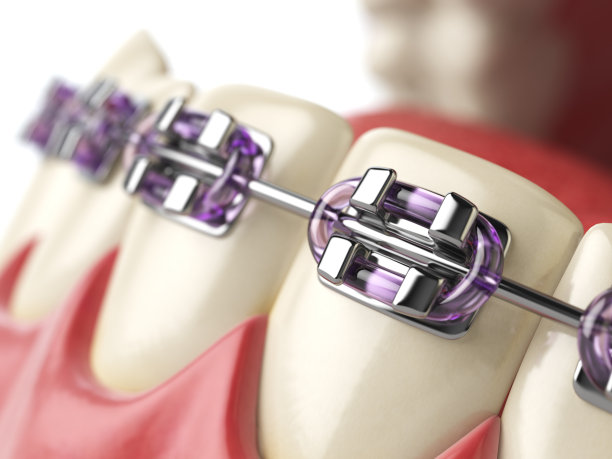The Essential Steps and Considerations for Successfully Extracting a Tooth Without Complications
Summary: Extracting a tooth can be a daunting task that requires careful planning and execution to avoid complications. In this article, we delve into the essential steps and considerations needed for a successful tooth extraction. We explore pre-extraction assessments, sedation choices, post-operative care, and common pitfalls to avoid. Each section offers practical insights tailored to both dental professionals and patients, emphasizing the importance of thorough preparation and awareness of potential risks. By understanding these critical aspects, one can ensure a smooth extraction process that prioritizes patient safety and comfort.
1. Pre-Extraction Patient Assessment

The pre-extraction patient assessment is crucial for identifying any underlying health issues that may complicate the procedure. Dentists must take a comprehensive medical history, including any medications the patient is taking and allergies they may have. This information is vital in determining the safest course of action.
In addition to health history, a thorough clinical examination is needed. Dentists should assess the tooth’s condition as well as the surrounding tissues and bone structure. Radiographic evaluations, such as X-rays, can provide insights into the position of the tooth and nearby structures, which is critical for planning the extraction.
Also, patient communication cannot be overlooked. Discussing the procedure with the patient helps to build trust. Explaining potential risks, recovery expectations, and aftercare can help alleviate patient anxiety and ensure they are fully informed about the process.
2. Choosing the Right Sedation Method
Choosing an appropriate sedation method is a significant step in ensuring a comfortable extraction experience. Different levels of sedation may be used depending on the complexity of the procedure and patient anxiety levels. Options include local anesthesia, sedation dentistry, or general anesthesia.
Local anesthesia is often sufficient for straightforward extractions, numbing only the tooth and surrounding areas. However, for more complex cases or anxious patients, sedation options can help ease discomfort and anxiety. Dentists should weigh the pros and cons of each method while considering the patients preferences and health status.
Furthermore, monitoring the patients vital signs during the procedure is imperative, especially if sedation is used. This proactive measure ensures that the patient remains stable throughout the extraction and can be attended to promptly should any complications arise.
3. Effective Post-Operative Care
Post-operative care plays a vital role in facilitating a smooth recovery after a tooth extraction. Firstly, providing the patient with clear aftercare instructions is essential. This should cover pain management, dietary considerations, and signs of potential complications such as excessive bleeding or infection.
Moreover, follow-up appointments may be necessary to monitor healing and address any concerns. Emphasizing the importance of adhering to prescribed medications and avoiding strenuous activities can decrease the risk of complications like dry socket, which can delay recovery.
In addition, encouraging the patient to maintain oral hygiene, while carefully managing the extraction site, is crucial for preventing infection. Proper education about gentle rinsing and avoiding vigorous brushing near the extraction site can promote healing.
4. Avoiding Common Extraction Pitfalls
Being aware of common pitfalls during tooth extraction can significantly enhance the likelihood of a successful outcome. A common mistake is inadequate preparation, which can lead to complications during the procedure. Comprehensive planning not only includes patient assessments but also having all necessary tools and resources readily available.
Another pitfall is neglecting to anticipate anatomical variations that may impact the extraction. For instance, variations in tooth root morphology can complicate an otherwise straightforward extraction. Knowing these potential variations, especially through imaging, is crucial for overcoming challenges that may arise during the procedure.
Lastly, aftercare is sometimes downplayed. Failing to provide sufficient post-extraction guidance can lead to complications such as infections or prolonged pain. Ensuring that the patient leaves with comprehensive care instructions can mitigate many common post-operative issues.
Summary:
In conclusion, the process of tooth extraction demands a systematic approach that begins with thorough pre-extraction assessments and extends to meticulous post-operative care. Each step, from selecting the appropriate sedation method to avoiding common pitfalls, plays a pivotal role in ensuring a smooth extraction process. As dental professionals, prioritizing patient safety and comfort should always remain at the forefront of practice.
This article is compiled by Vickong Dental and the content is for reference only.



